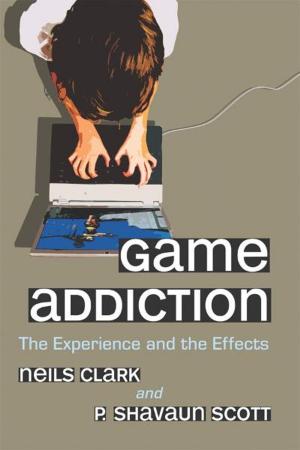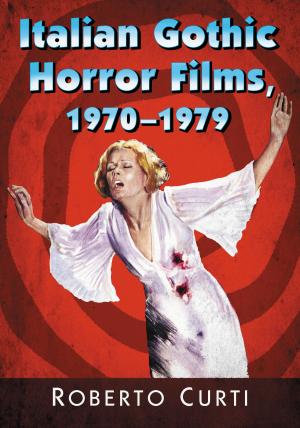The Irish Vampire
From Folklore to the Imaginations of Charles Robert Maturin, Joseph Sheridan Le Fanu and Bram Stoker
Nonfiction, Social & Cultural Studies, Social Science, Folklore & Mythology, Fiction & Literature, Literary Theory & Criticism| Author: | Sharon M. Gallagher | ISBN: | 9781476627960 |
| Publisher: | McFarland & Company, Inc., Publishers | Publication: | April 11, 2017 |
| Imprint: | Language: | English |
| Author: | Sharon M. Gallagher |
| ISBN: | 9781476627960 |
| Publisher: | McFarland & Company, Inc., Publishers |
| Publication: | April 11, 2017 |
| Imprint: | |
| Language: | English |
The origins of the vampire can be traced through oral traditions, ancient texts and archaeological discoveries, its nature varying from one culture to the next up until the 20th century. Three 19th century Irish writers--Charles Robert Maturin, Joseph Sheridan Le Fanu and Bram Stoker--used the obscure vampire of folklore in their fiction and developed a universally recognizable figure, culminating in Stoker's Dracula and the vampire of today's popular culture. Maturin, Le Fanu and Stoker did not set out to transform the vampire of regional folk tales into a global phenomenon. Their personal lives, national concerns and extensive reading were reflected in their writing, striking a chord with readers and recasting the vampire as distinctly Irish. This study traces the genealogy of the modern literary vampire from European mythology through the Irish literature of the 1800s.
The origins of the vampire can be traced through oral traditions, ancient texts and archaeological discoveries, its nature varying from one culture to the next up until the 20th century. Three 19th century Irish writers--Charles Robert Maturin, Joseph Sheridan Le Fanu and Bram Stoker--used the obscure vampire of folklore in their fiction and developed a universally recognizable figure, culminating in Stoker's Dracula and the vampire of today's popular culture. Maturin, Le Fanu and Stoker did not set out to transform the vampire of regional folk tales into a global phenomenon. Their personal lives, national concerns and extensive reading were reflected in their writing, striking a chord with readers and recasting the vampire as distinctly Irish. This study traces the genealogy of the modern literary vampire from European mythology through the Irish literature of the 1800s.















